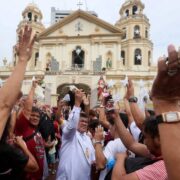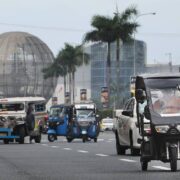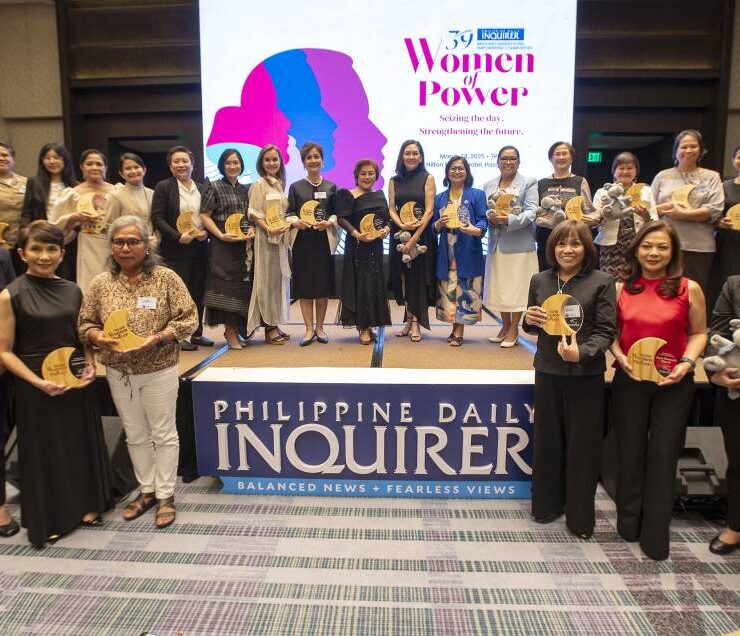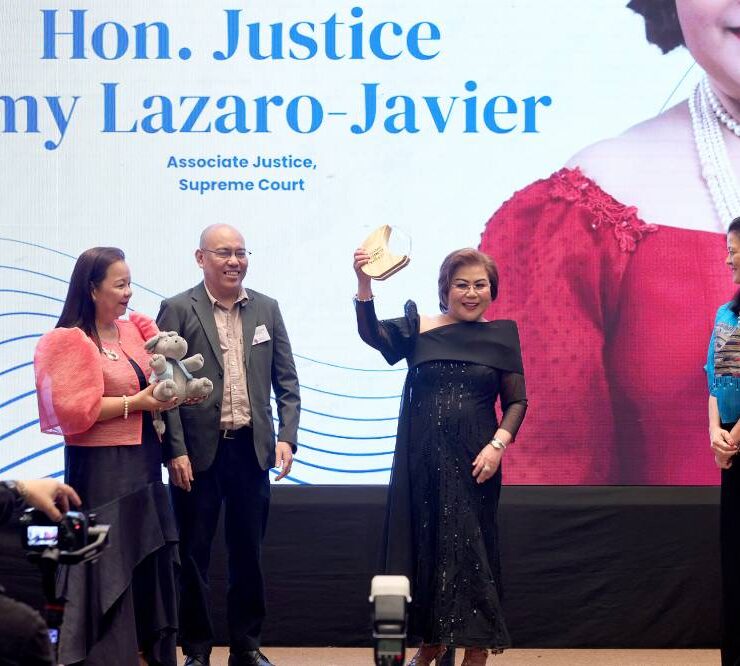Making it Bigg’s: The housewives behind Bicol’s biggest homegrown food chain
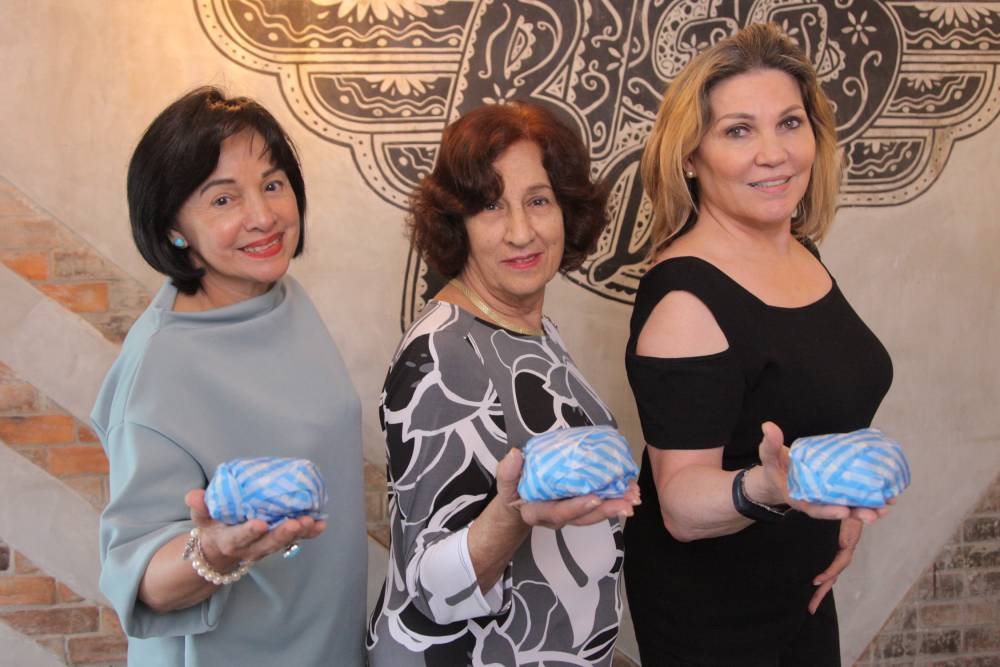
LEGAZPI CITY—When close friends Nena Bichara, Teresa Buenaflor and Maricar Manjon started Mang Donald’s, a small takeout place in Naga City in Camarines Sur province in 1983, they never thought it would become the giant brand now called Bigg’s.Mang Donald’s first served hamburgers and fries when the founders thought that the city needed quality but affordable takeout food.
When Mang Donald’s opened its doors on Jan. 18, 1983, there were no fast-casual dining options for Nagueños. The only options for dining out in the city were Chinese restaurants.
“We even used to go to Albay (province) to eat out there,” Buenaflor recalls.
The idea for a takeout place came from Buenaflor and her husband, Bichara says.
“I have to give credit to [Buenaflor] for that. It was a brainchild of hers and her husband,” the now Makati-based Bichara says in a Zoom interview. “They were New Yorkers at some point. Then they moved to Naga City. They thought that it was time to bring in the burger and fries kind of food.”
Forty-one years since Mang Donald’s opened, Bigg’s, with its chain of 23 branches, has become the most recognizable Bicol-grown fast-food and catering brand.

Trendsetters
At the time, fast-food giant McDonald’s was so new in the Philippines that Bicolanos called french fries “kalingking na may asin” (salted kalingking) in reference to a Bicol sweet potato delicacy usually sold in the streets. The fast food was the inspiration for Mang Donald’s name.
“I think we have the bragging rights to claim that we were trendsetters in Naga. I think that’s a very fair statement,” Bichara says.
But a legal suit forced them to change the restaurant’s name from Mang Donald’s to just Nald’s (takeout section) and Carl’s Diner (dine in).
By September 1984, during the Peñafrancia Festival, the diner—now named Carl’s—was already serving large portions in casual dining environments while remaining affordable for its local patrons.
Ten years later, in October 1994, Carl’s Diner was renamed Bigg’s.
As women entrepreneurs, the three found it hard to find people to invest in their business.
“What bank would be willing to lend money to three housewives?” Bichara asks.
“Not even our husbands trusted us with the P5,000 each,” Buenaflor says. “We went to the banks and borrowed on our own personal account.”
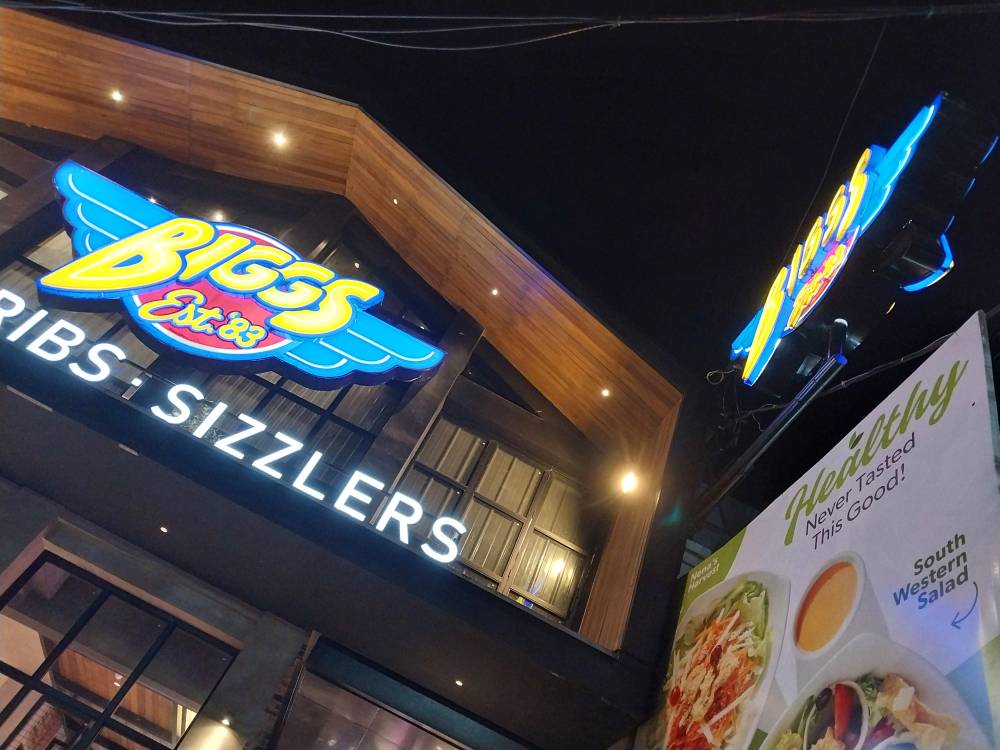
Boss
“Buenaflor was the ‘big boss.’ She practically ran the show,” Bichara shares.
Buenaflor’s own kitchen became the takeout place’s kitchen and their house helpers were later employed as salespersons in the business.
Their operation was so small that they even had help from Buenaflor’s mother as a part-time cashier.
“We would take turns. My mom—she would visit at times, and we would put her there without calculators, without computers,” Buenaflor says.
In January 1984, the takeout place expanded to include a dine-in area, and its food offerings grew from just burgers and fries to include Filipino dishes “goto” and “dinuguan.”
Inclusive
The three are not as involved in the day-to-day operations anymore, but they continue to see a bright future for Bigg’s.
“As CEO, we have [Buenaflor’s son] Carlo Buenaflor—very energetic, very charming—running the show,” Bichara says.
Bigg’s employs people with disabilities in its commissary and dining outlets. Its mostly deaf employees have a pin on their uniforms to inform customers.
“They are very good workers,” Bichara says. “In the past, they were in production, but now we’re putting them on the front lines.” INQ










